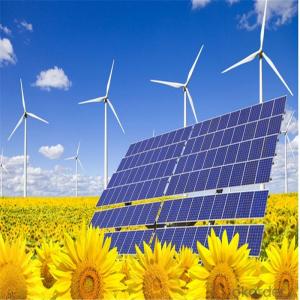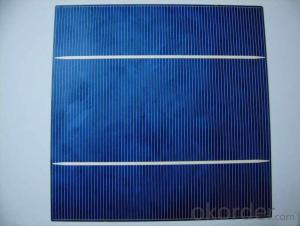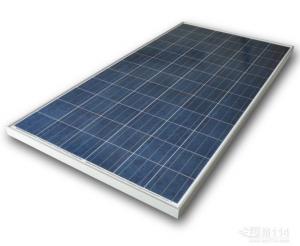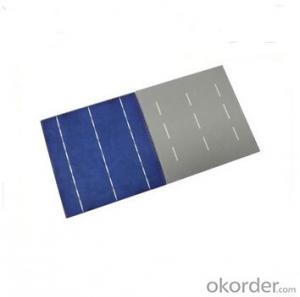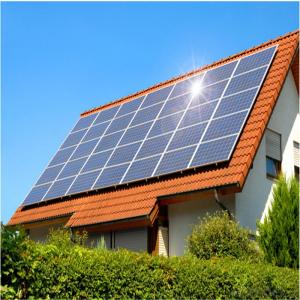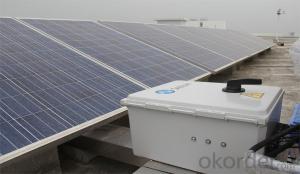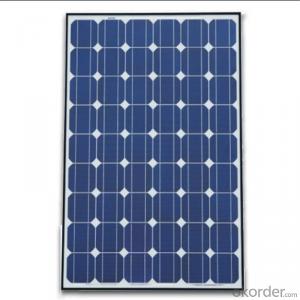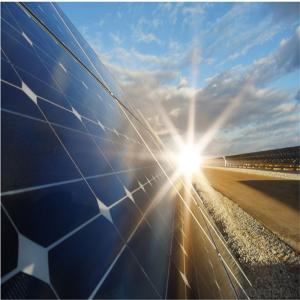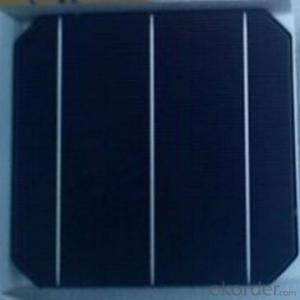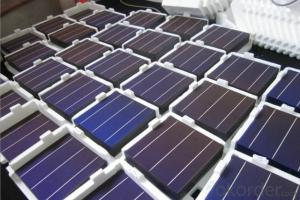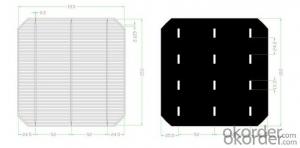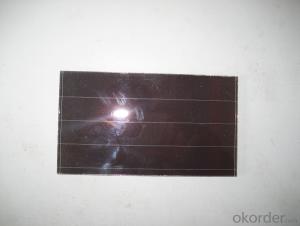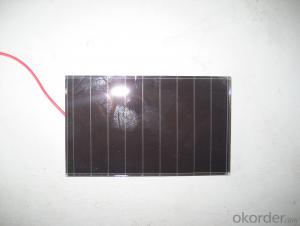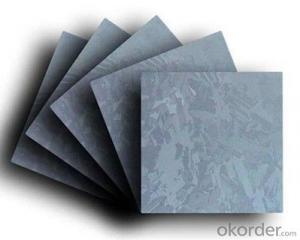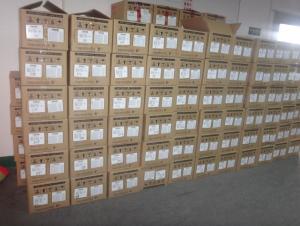Cheapest Solar Cells Per Watt
Cheapest Solar Cells Per Watt Related Searches
300 Watt Solar Power Inverter Solar 500 Watt Power Inverter Solar 1000 Watt Power Inverter 2000 Watt Solar Power Inverter Solar Power Inverter 6000 Watt 5000 Watt Solar Power Inverter Solar 3000 Watt Power Inverter 1500 Watt Solar Power Inverter Solar Power Inverter 4000 Watt Solar Photovoltaic InverterHot Searches
Cheap Solar Cells For Sale Flexible Solar Cells For Sale Q Cells Solar Panels For Sale Printed Solar Cells For Sale Bulk Solar Cells For Sale 6x6 Solar Cells For Sale Broken Solar Cells For Sale Cpv Solar Cells For Sale Photoelectric Cells For Sale Price Of Silicon Solar Cells Price Of Solar Cells Over Time Buy Solar Cells From China Cheap Solar Cells China Best Type Of Solar Cells Flexible Solar Cells Price Q Cells Solar Panels Price 3 Types Of Solar Cells Production Of Solar Cells Common Types Of Solar Cells Q Cells Solar Panel PricesCheapest Solar Cells Per Watt Supplier & Manufacturer from China
Okorder.com is a professional Cheapest Solar Cells Per Watt supplier & manufacturer, offers integrated one-stop services including real-time quoting and online cargo tracking. We are funded by CNBM Group, a Fortune 500 enterprise and the largest Cheapest Solar Cells Per Watt firm in China.Hot Products
FAQ
- Solar silicon wafers generally perform well in dusty environments, but excessive dust accumulation can impact their efficiency. Dust particles can block sunlight from reaching the solar cells, reducing their ability to generate electricity. Regular cleaning and maintenance are necessary to ensure optimal performance in such conditions.
- Yes, solar silicon wafers can be used in concentrated photovoltaic systems. These systems use lenses or mirrors to concentrate sunlight onto smaller, more efficient solar cells, including silicon wafers. The concentration increases the amount of sunlight reaching the cells, resulting in higher energy output.
- Solar silicon wafers perform well in cold climates due to their ability to generate electricity even in low temperatures. While extreme cold can slightly reduce their efficiency, modern solar technology has improved their performance, allowing them to continue producing electricity effectively in cold weather conditions.
- Solar silicon wafers are typically coated with an anti-reflective (AR) coating to minimize reflection losses. This coating is usually made of thin layers of dielectric materials with varying refractive indices, which help to reduce the amount of light that is reflected off the surface of the wafer. The AR coating is designed to match the refractive index of the silicon, allowing more light to pass through and be absorbed by the solar cells, thereby increasing the overall efficiency of the solar panel.
- The role of a solar silicon wafer in a solar cell is to serve as the substrate or base material where the photovoltaic process takes place. The silicon wafer is typically doped with impurities to create a p-n junction, which allows for the conversion of sunlight into electricity. It acts as the main absorber of light, generating electron-hole pairs when photons hit its surface. These electron-hole pairs are then separated and directed by the electric field within the solar cell, ultimately producing an electric current.
- Yes, there are some environmental concerns associated with the production and disposal of solar silicon wafers. The production process of silicon wafers requires significant energy consumption and can contribute to carbon emissions if the energy source used is not renewable. Additionally, the extraction of raw materials, such as quartz, for silicon production can have negative environmental impacts. In terms of disposal, while silicon wafers are not typically hazardous waste, improper disposal can still contribute to electronic waste accumulation and pose potential risks if not managed properly. However, it is important to note that compared to other forms of energy production, the overall environmental impact of solar silicon wafer production and disposal is still relatively low.
- The thickness of an anti-reflective coating directly affects the efficiency of a solar silicon wafer. A properly optimized thickness can significantly enhance the light absorption and transmission properties of the wafer. By reducing the reflection of incident light, the anti-reflective coating allows more light to penetrate the wafer, thereby increasing the conversion of sunlight into electricity. However, if the coating is too thick, it can lead to light trapping and interference effects, causing a decrease in efficiency. Therefore, finding the right balance in coating thickness is crucial for maximizing the efficiency of a solar silicon wafer.
- Solar silicon wafers are protected from electrical surges through the use of protective devices such as surge suppressors and transient voltage suppressors. These devices are installed in the solar power system to divert excess voltage and current away from the wafers, preventing damage to the delicate electronic components.


